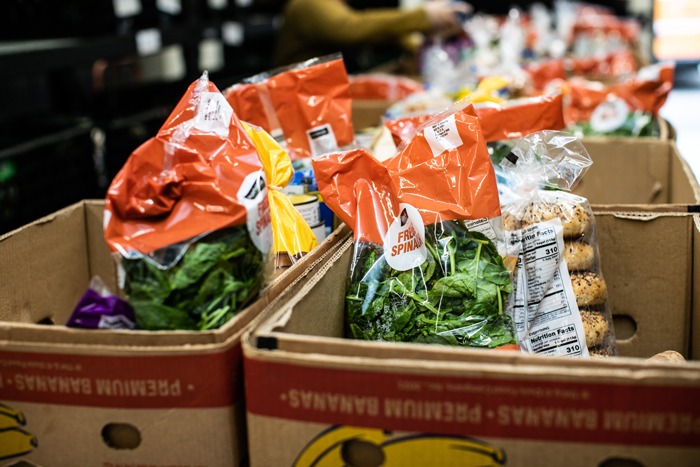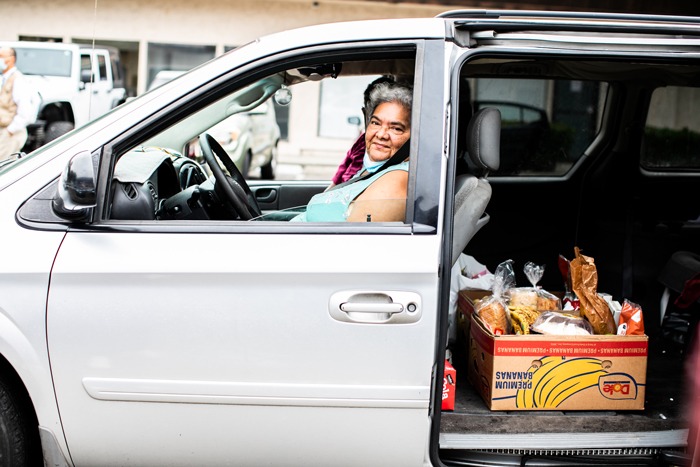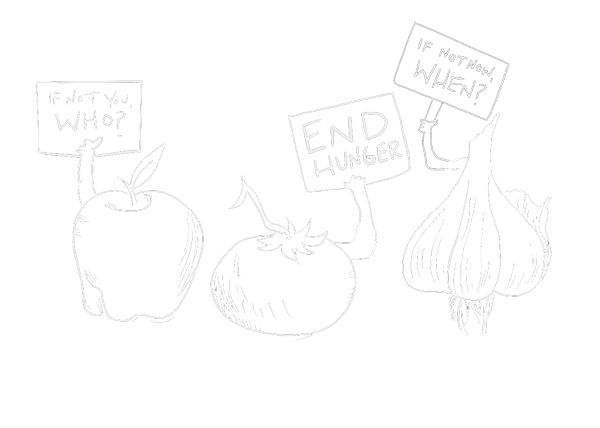Historic Increase in SNAP and CalFresh Benefits Goes into Effect, Positively Affecting the Over 350,000 San Diegans Currently Enrolled
This is a guest post from Sienna Rohrer, Feeding San Diego’s CalFresh Manager
On the afternoon of Sunday, August 15, I was browsing social media when a news notification flashed across the top of my screen: “Biden Administration Prompts Largest Permanent Increase in Food Stamps.” Although I spend much of my time living in the world of CalFresh–what the federal Supplemental Nutrition Assistance Program (SNAP) is called in California–rarely does SNAP make front-page news outside of my bubble, so this article caught my attention. As I read, I was overcome with emotion. Tears of joy, pride, gratitude, and immense relief rolled down my face at the news that the United States Department of Agriculture (USDA) updated the Thrifty Food Plan, thereby increasing SNAP benefits by almost 25% starting today, October 1, 2021.
The History of CalFresh and the Thrifty Food Plan
SNAP is colloquially known as “food stamps.” Administered by the USDA, SNAP is the United States’ largest food and nutrition assistance program. In California, we refer to SNAP as CalFresh. At this time, SNAP is available only to citizens, legal permanent residents, and certain refugees and asylees; and eligibility for the program is based on a household’s gross monthly income. If approved, a household receives an EBT card, which is reloaded monthly with their benefits and functions like a debit card at most grocery stores and farmer’s markets. The maximum monthly benefit amount that a household can receive is determined by the Thrifty Food Plan.
According to the Center on Budget and Policy Priorities, the “Thrifty Food Plan is a set of foods that represent a nutritionally adequate diet that low-income households can purchase and prepare, assuming they take significant steps to increase their food budget.” Aside from inflation, the Thrifty Food Plan had not been updated since the 1970s, even though there has been significant research demonstrating that the cost, preferences, and practices of preparing a nutritious meal has changed. As an example, the previous Thrifty Food Plan assumed SNAP participants would purchase large amounts of dried beans as a regular source of nutrition. Although dried beans are cheaper than canned beans, many families do not purchase dried beans because they lack the one to two hours of cooking time that the previous Thrifty Food Plan had assigned to households (most working people spend less than one hour cooking each day).
Much Needed Change for Those on CalFresh
As CalFresh advocates and application assisters, we know experientially that the SNAP benefit amount is simply not enough for many of our clients to meet their nutritional needs. Our experience with clients is substantiated with evidence from a recent USDA study from June 2021, which found that “88% of SNAP participants report facing challenges to a healthy diet.” The most significant barriers to a healthy diet these participants face are the cost of healthy foods, time to prepare healthy meals, and transportation and distance to the grocery store. Given that SNAP is the Supplemental Nutrition Assistance Program, we know the program is not serving its purpose when the overwhelming majority of its participants cannot afford an adequate nutritional diet.
In April 2021, Feeding San Diego’s CalFresh team, along with many other advocates and SNAP participants across the nation, participated in a virtual listening session hosted by the USDA. The listening sessions were an opportunity to provide feedback on the Thrifty Food Plan, and how it can be updated to better reflect the realities and experiences of SNAP participants’ lives. During the listening session, I shared a story about one of my CalFresh clients, Benjamin:
“Benjamin and his wife are in their eighties. Their only income is a monthly $100 stipend from their son and a very small pension. Benjamin is afflicted with HIV and requires a special diet. Therefore, his diet costs more than what is assumed to be the monthly average cost of healthy meals, and is time and labor-intensive to prepare, especially since he and his wife are elderly. In addition, Benjamin and his wife aren’t able to drive to the grocery store – which is not close to their house – and sometimes have to use their limited funds to pay for rides to the store or rely on the kindness of others to drive them. As immigrants from the Philippines, it’s also important for Benjamin and his wife to have access to their cultural foods, which can be more expensive than other typical grocery items. When they run out of their SNAP benefits, it’s difficult for them to pay for their medical and transportation expenses. Unfortunately, Benjamin’s story is not unique.”
We’ve seen that while the maximum benefit amount may be enough for those who are healthy, able-bodied, and have access to transportation and culturally relevant foods, the benefit amount is not enough for those who do not have these privileges. SNAP benefits should be designed to support our most vulnerable community members, but we know that SNAP benefits are not meeting the needs of our community because of the number of people we serve from our Feeding San Diego distribution center each month: 62,551 San Diegans. If we envision a future where no one has to wait in line for food, then increasing the SNAP maximum benefit amount is vital to ensuring community members like Benjamin can afford culturally relevant, medically supportive meals without having to make other sacrifices.
Benefit Amounts Vs. Actual Meal Costs
With the update to the Thrifty Food Plan, households like Bejamin’s will be better able to afford the food they need to stay healthy; and be able to spend more of their income on other important household expenses. The revised Thrifty Food Plan includes more diverse and healthy ingredients, takes into consideration barriers to cooking, and ultimately increases the monthly benefit amount for SNAP participants by almost 25%, or about $1.20 per person per day. However, even with this benefit increase, many households will continue to struggle to meet their nutritional needs. Our clients communicate this to us often.
“With the extra CalFresh benefit assistance it will be very helpful to my family and I because we do need it due to working less hours at my job,” said Blanca, a current CalFresh client. “Even with the benefit increase it will not cover the whole cost of groceries each month due to currently not receiving a great amount in CalFresh benefits but it will be helpful to balance out the cost of my groceries each month.”
This interactive map from the Urban Institute compares the SNAP benefit amount per meal with the actual cost of a meal in each county of the United States. In San Diego, the SNAP benefit amount per meal ($1.97) is less than the actual cost of a meal ($2.54) – even when the COVID-19 temporary 15% increase in benefits is applied to the benefit amount. This temporary 15% increase just expired at the end of September 2021, the day before the permanent benefit increase from the revised Thrifty Food Plan goes into effect.
Why It Matters
I’ve done SNAP application assistance for four years now, first as a student at UCLA and now at Feeding San Diego. It is both emotionally exhausting and extremely rewarding work – which is why I feel such immense relief knowing that families experiencing food insecurity are going to have a little bit more purchasing power to get the nutrition they need.
We need to remind ourselves that we have the power to make programs like SNAP accessible and universal for those who need it. After the last year and a half during Covid-19, I find myself more hopeful than ever that barriers to SNAP can be removed. Program waivers, extensions, and flexibilities for issues that I did not think would change in my lifetime – or ever – were created and implemented in a matter of weeks. These changes, such as interview waivers, verbal signatures, and now increased benefits, have made SNAP significantly more accessible and impactful for so many families and individuals, many of whom were already struggling before the pandemic. This momentum is a reminder that we can make bold changes if we choose to, and it gives me hope that we can continue to change the “unchangeable.”
A lot of work remains to eliminate food insecurity in our communities, but it’s important to celebrate our victories – our persistence and commitment to “better” – when they come. For the moment, I will celebrate this collective win with pride, gratitude, relief, and joy as I share the new benefit increases with our SNAP clients starting today.
The USDA’s full report on the revised Thrifty Food Plan can be found here.
If you or anyone you know would like assistance applying for CalFresh, please visit our website feedingsandiego.org/calfresh to request assistance, or call/text our CalFresh Team at 858.863.6635.










